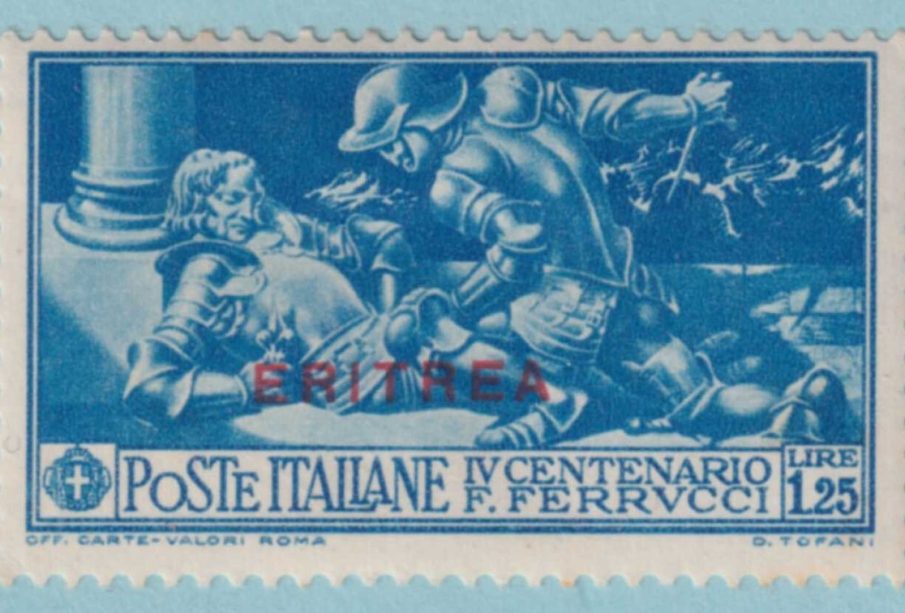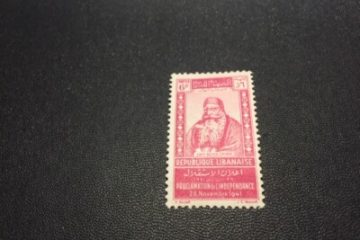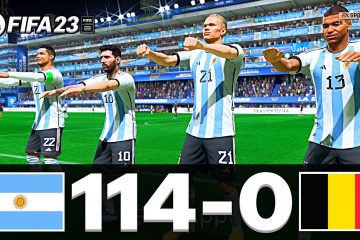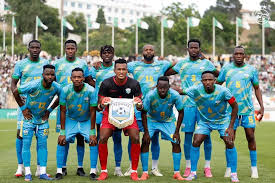Understanding Eritrea: Resilience Amidst Challenges

Introduction
Eritrea, located in the Horn of Africa, is a nation that garners attention for its rich cultural heritage and significant challenges towards development and human rights. Bordered by Sudan, Ethiopia, and Djibouti, the country has seen a tumultuous history, including a long struggle for independence from Ethiopia, which was achieved in 1993. Given its strategic location by the Red Sea, Eritrea plays a vital role in regional geopolitics, but its ongoing political situation and issues surrounding human rights continue to raise questions on its future.
Current Affairs in Eritrea
As of late 2023, Eritrea remains under a one-party regime led by the People’s Front for Democracy and Justice (PFDJ), with President Isaias Afwerki at the helm since independence. The government’s repressive tactics have been a major point of concern for international human rights organizations, particularly regarding mandatory national service, which critics label as forced labor due to its indefinite nature. This has contributed to a significant exodus of Eritreans seeking asylum in other countries, with thousands risking dangerous journeys to escape.
Recently, the government has faced international scrutiny concerning its treatment of political dissidents and the restriction of freedom of expression. Reports indicate that arrests of activists and journalists continue to occur, and the country’s limited media landscape reflects a lack of alternative voices in public discourse. In 2022, Eritrea was ranked 180 out of 180 countries in the World Press Freedom Index, emphasizing the dire situation for journalists and free speech.
Economic Challenges and Development
Eritrea’s economy remains fragile, largely reliant on agriculture and precariously dependent on remittances from the diaspora. The country has received limited foreign investment, compounded by ongoing tensions with neighboring Ethiopia and historical territorial disputes. The government has announced various development programs aimed at enhancing self-sufficiency and economic resilience, focusing on mining, agriculture, and infrastructure development. However, the success of these programs is contingent on resolving internal and external political tensions.
Conclusion
Eritrea is navigating a complex landscape of resilience amidst numerous challenges. The combination of economic difficulties, repressive governance, and human rights abuses presents a daunting environment for its citizens. Observers advocate for international engagement to promote stability and humanitarian support while pushing for necessary reforms. As Eritrea looks towards potential future developments, the importance of addressing these systemic issues remains paramount for enhancing the well-being of its population and ensuring a peaceful coexistence within the region.








